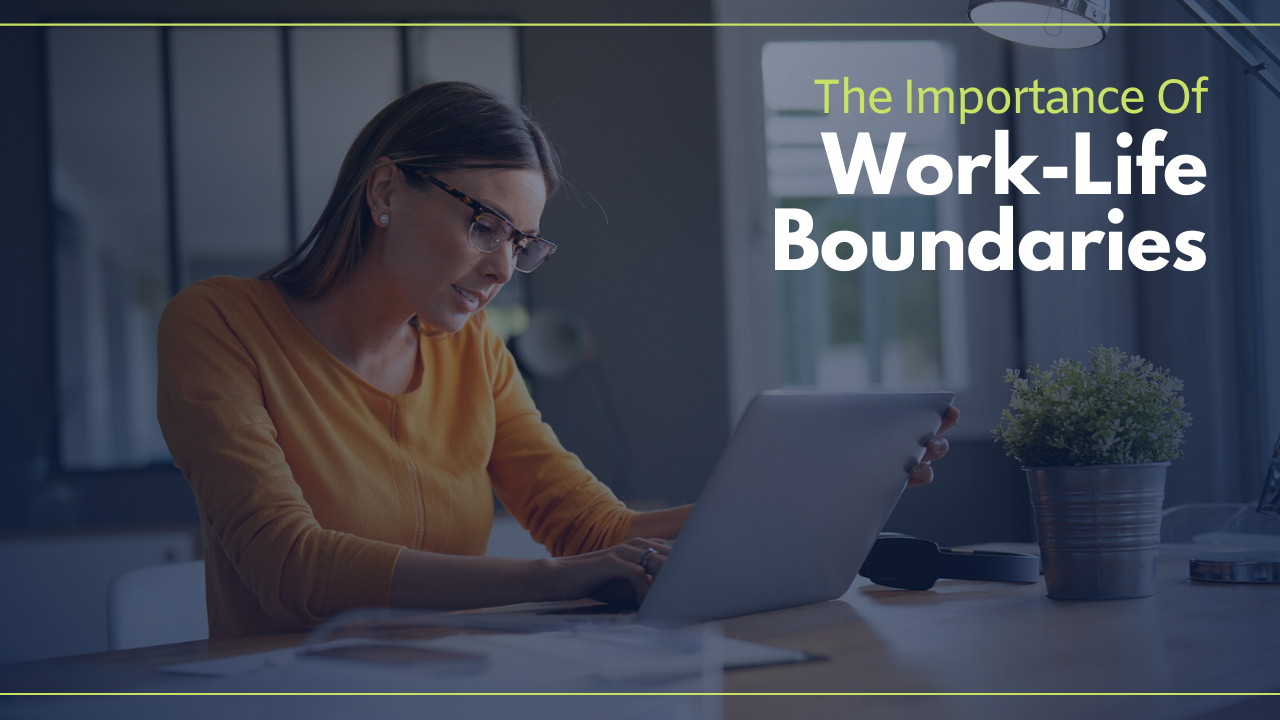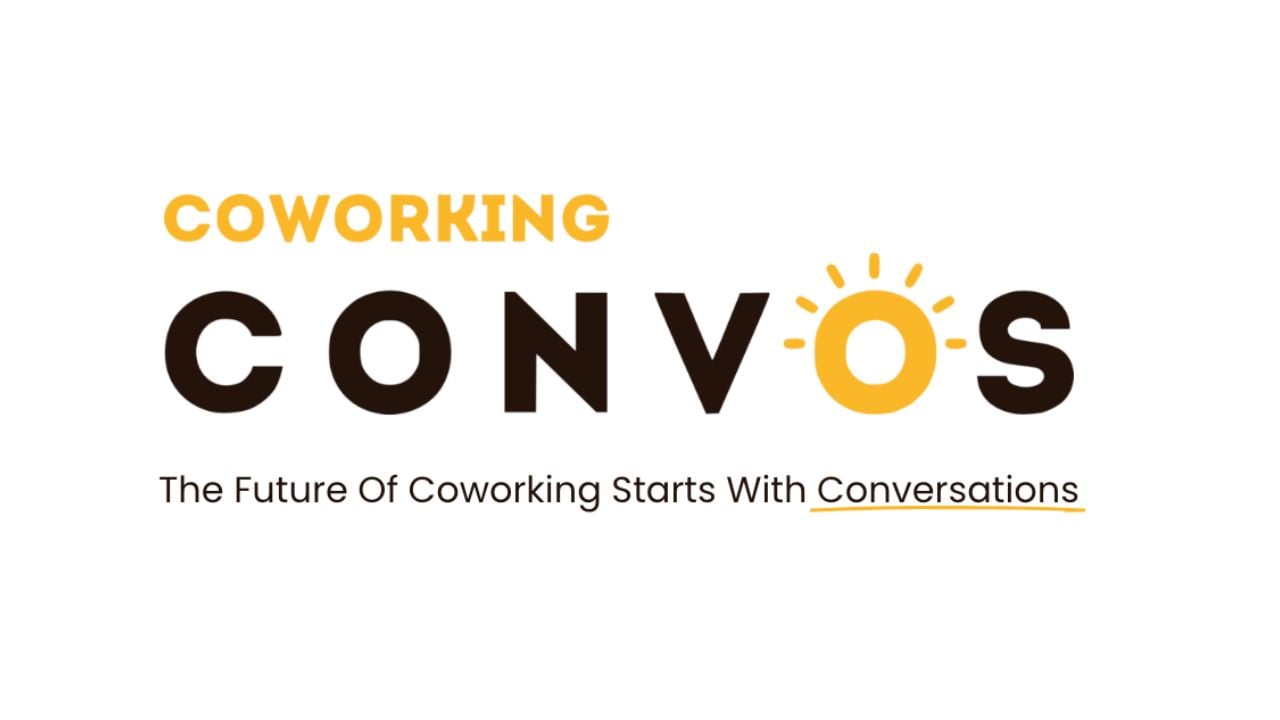- Linville’s self-complexity model explores how you react to positive or negative events in your life.
- It explains how some people can shield or compartmentalise emotions better than others, and it’s why work-life balance is so important.
- The current lack of distinction between work and life can leave people feeling vulnerable. So, here’s how to create boundaries between your work self, and your home self.
The term ‘self-complexity’ was coined by psychologist Patricia Linville in the mid ‘80s when she developed the self-complexity model. It’s been a popular topic of discussion and debate in the research community since, particularly in relation to personality and wellbeing.
The self complexity model explores to what degree different people maintain a differentiated view of the ‘self’ and how this affects the way they deal with the events life throws their way.
According to the model, the overall ‘self’ is composed of several ‘self-aspects’; some are context dependent while others have to do with relationships, activities and traits, etc.
The more self-aspects (or self ‘differentiation’), the greater the self-complexity. For instance, a person who views themself as a teacher, friend, runner and ‘creative’ has higher self-complexity than someone who thinks of themself as a teacher and a friend.

Someone who has high self-complexity is more likely to associate different emotions with different self-aspects. For example, they might feel successful as a teacher but lacking as a runner. But it’s not always as simple as that.
If an individual experiences an event that prompts a positive or negative reaction, the self-aspects that are associated with the event will be affected by that emotion. However, the more blended someone’s self-aspects are, the more likely the emotion is to overspill into different parts of the self.
So, the model suggests that individuals with a distinct set of self-aspects and higher self-complexity are more resilient to events compared to those with lower self-complexity.
As well as shielding other self-aspects from feelings brought on by events, they are able to compartmentalise things better. On the other hand, a negative event can threaten self-esteem in all or most of the self-aspects of someone with low self-complexity.
And that’s why ‘work life balance’ is so important.
Establishing work-life boundaries
Many would argue that the absence of boundaries between work and life can diminish a person’s self-complexity, thus making them more vulnerable to negative feelings. For example, let’s say you have a bad day at work. A difficult client gives you negative feedback in a way that demoralises you and crushes your self-esteem.
If your work self-aspect is separate from your home self-aspect, you’re more likely to be able to leave the negative event at the office and not let it affect your home life, and vice versa. Or say you have a row with your spouse; if you’re able to differentiate your home life from work life, the argument is less likely to impact your work the next day.
Of course, this is harder to do in the absence of an office – but it’s still possible.
How to create remote work-life boundaries
Routines and customs can help you separate your work life from your home life when the context (ie. your home) is the same.
It doesn’t mean you have to set your alarm for 6am every morning, and it doesn’t mean you have to stick to your rules religiously. It involves setting simple expectations that, after time, will become the embedded norm.
Common strategies include:
- Getting up at the same time each morning
- Dressing for the day ahead
- Taking breaks and eating well
- Avoiding working in places that could cause self-aspects to merge, e.g. bed
- Setting up a dedicated workstation
- Finishing work at the same time each day
- Adopting a practice that signifies the end of the work day, e.g. a change of clothes
- Turning work emails and other notifications off at the end of the day
The last point is important.
If you respect the boundaries you set for yourself, others are more likely to respect them as well. Set a precedent by actively “turning off” at the end of the day – if you make a habit of not checking your emails in the evening you won’t be tempted to respond to an email a client sends you at 8pm.
Think of it this way: ‘If a tree falls in a forest and no one is around to hear it, does it make a sound?’
With the sheer amount of work-life balance related content out there to digest, it’s easy to lose sight of why it’s so important. Although the conversations around it can seem hackneyed at times, the reasons behind it are rooted in psychological theories.
How do you manage to separate your work self and your life self? Share your experiences with us on Twitter @allwork_space.
Further reading:
- Linville, P.W. (1985). Self-complexity and affective extremity: Don’t put all your eggs in one cognitive basket.
- http://psychology.iresearchnet.com/social-psychology/self/self-complexity/
- https://psysociety.wordpress.com/2012/07/14/happily-having-it-all/
- https://en.wikipedia.org/wiki/Self-complexity#cite_note-Linville85-1

 Dr. Gleb Tsipursky – The Office Whisperer
Dr. Gleb Tsipursky – The Office Whisperer Cat Johnson – Coworking Marketing Maven
Cat Johnson – Coworking Marketing Maven Angela Howard – Culture Expert
Angela Howard – Culture Expert Drew Jones – Design & Innovation
Drew Jones – Design & Innovation Andrea Pirrotti-Dranchak – Competitive Advantage
Andrea Pirrotti-Dranchak – Competitive Advantage Jonathan Price – CRE & Flex Expert
Jonathan Price – CRE & Flex Expert Jeremy Fennema – Tech Innovation Alchemist
Jeremy Fennema – Tech Innovation Alchemist












